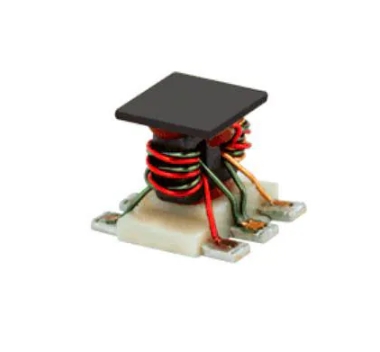Home > Passive Components > Audio Transformer
Audio Transformers & Signal Transformers
Result: 3
TCM1-382WX+
- Mini-Circuits
- Audio Transformers / Signal Transformers
- New original
- Data sheet: TCM1-382WX+ Datasheet
Quote:
Audio Transformer and Signal Transformers have some key differences in terms of their functions and design: Function: Audio Transformers: Primarily designed for transmitting audio signals between devices. They focus on impedance matching to ensure efficient power transfer for audio applications. Signal Transformers: Have a broader application and are not limited to audio signals. They can handle a variety of signals, including data, control signals, and more. Frequency Response: Audio Transformers: Optimized for the frequency range of audio signals, typically 20 Hz to 20 kHz. Signal Transformers: Designed to work across a wider frequency spectrum, making them suitable for various types of signals beyond audio. Impedance Matching: Audio Transformers: Emphasize impedance matching for audio devices to avoid signal loss and ensure maximum power transfer. Signal Transformers: May be designed with a broader consideration of impedance matching, depending on the specific application requirements. Applications: Audio Transformers: Mainly used in audio systems such as amplifiers, speakers, and audio equipment where the primary concern is transmitting high-quality audio signals. Signal Transformers: Applied in a broader range of applications, including telecommunications, power systems, and electronic devices where signal isolation and transformation are needed. Construction and Design: Audio Transformers: Designed to preserve the fidelity of audio signals, often with features like magnetic shielding to minimize interference. Signal Transformers: Have a versatile design to accommodate different signal types, with a focus on maintaining signal integrity and isolation. In summary, while audio transformers are specialized for audio applications and emphasize impedance matching within the audio frequency range, signal transformers are more versatile and can handle a broader range of signals beyond audio, making them suitable for various electronic applications.




